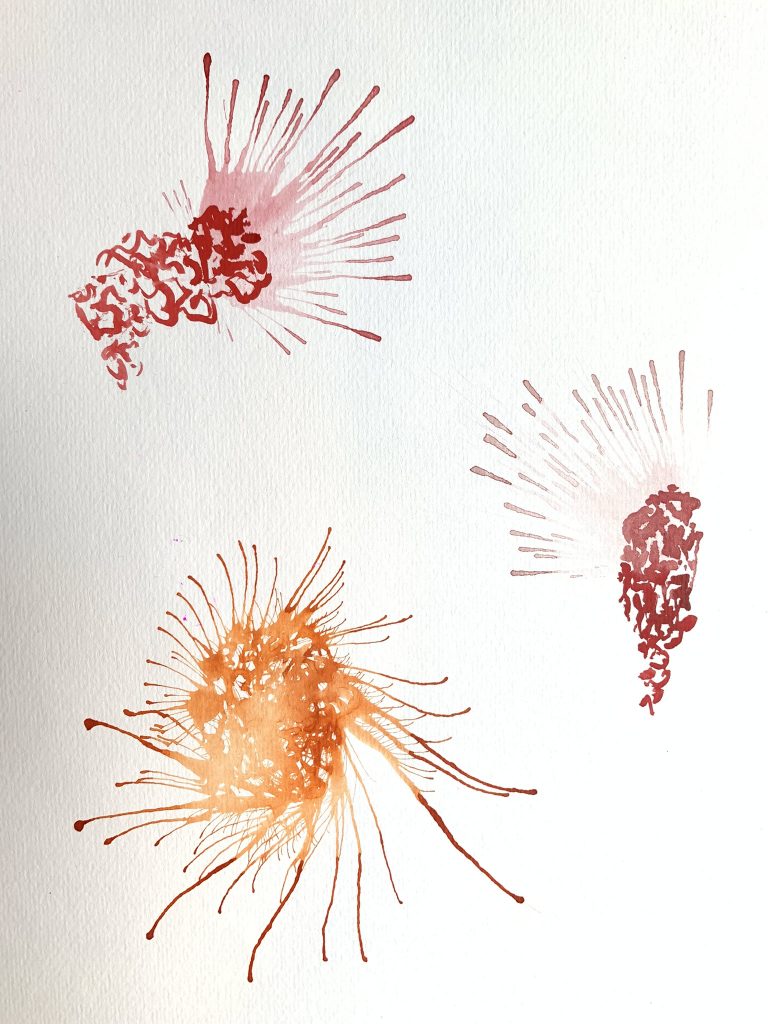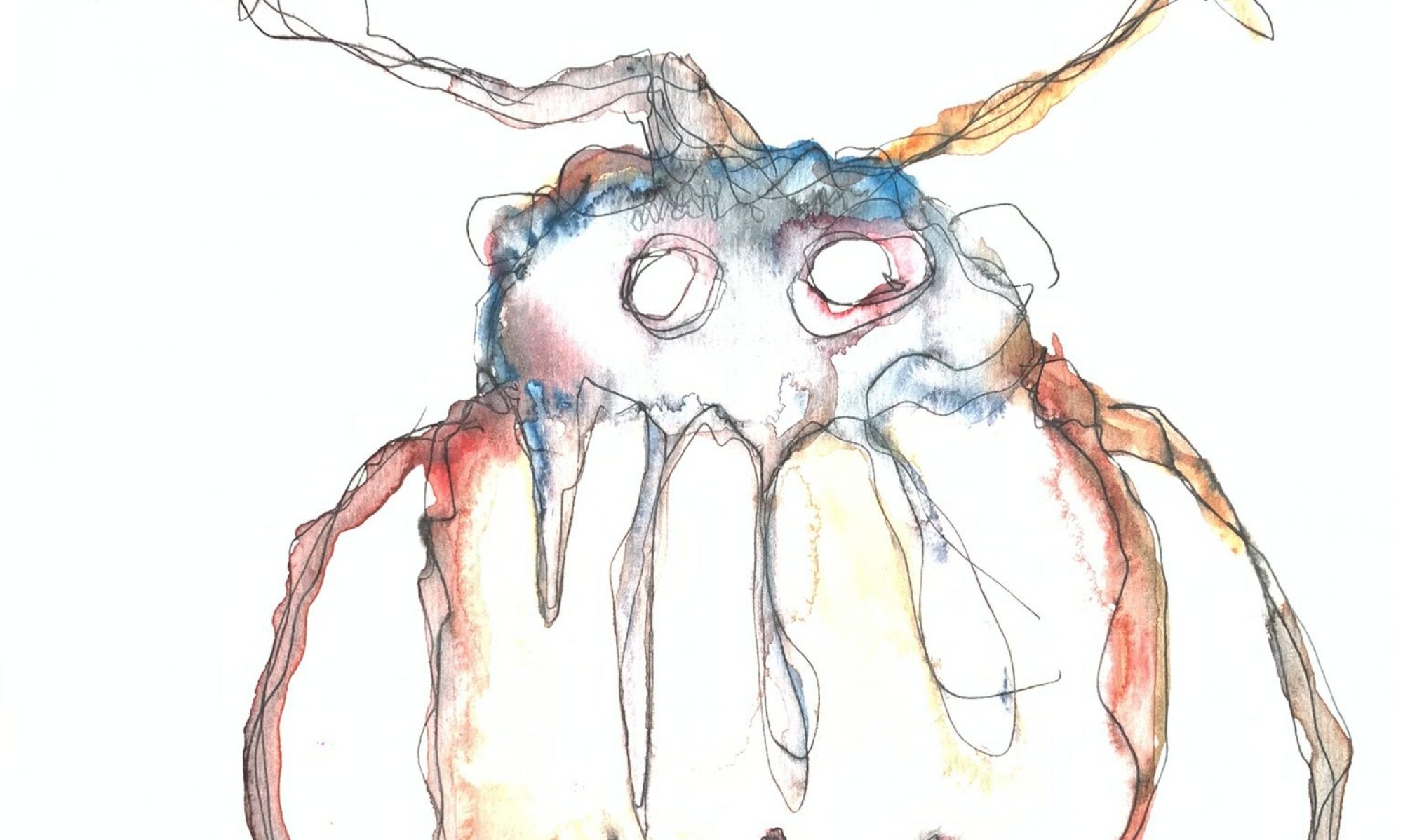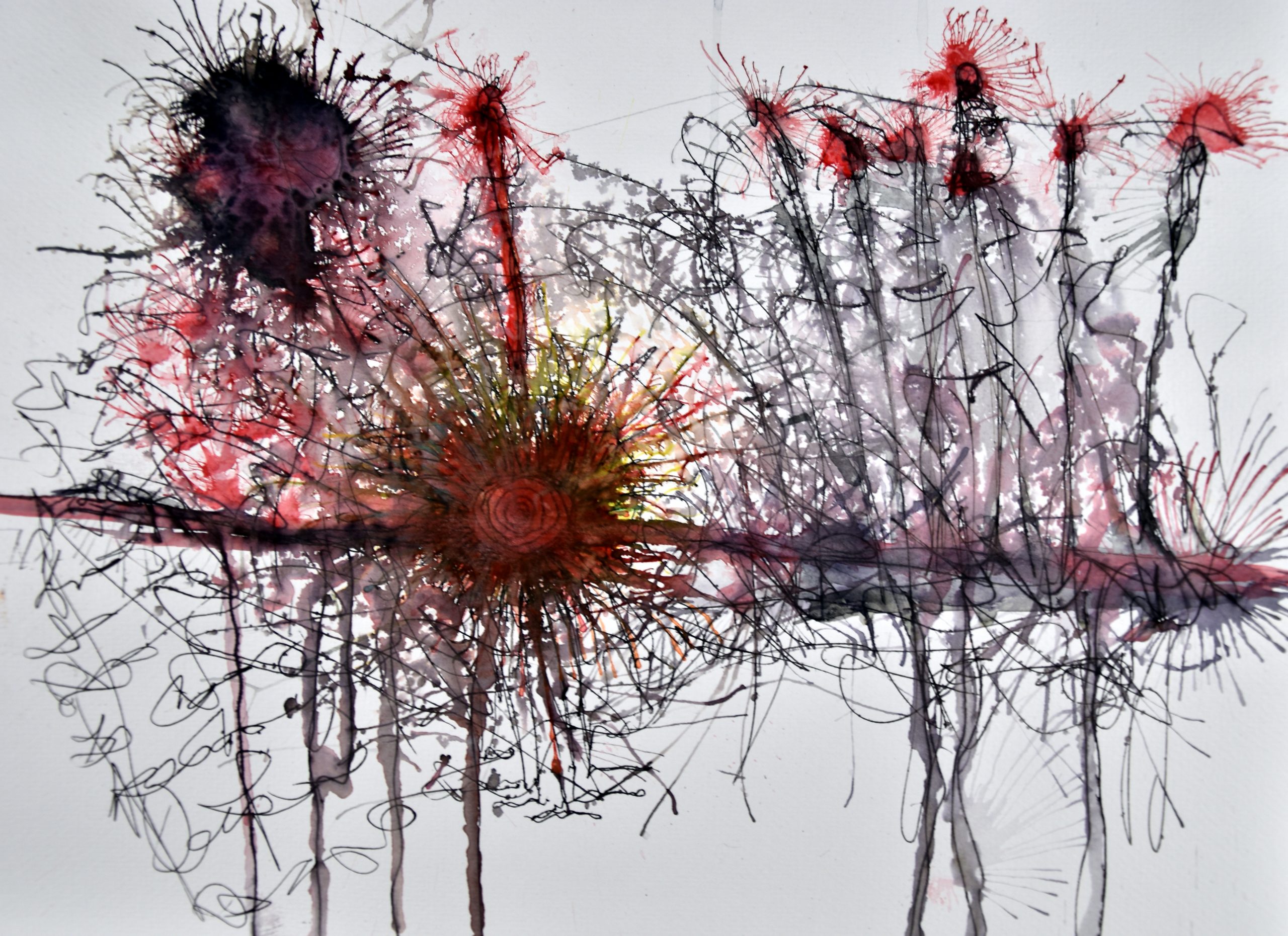Healing Generations
About the power and experiences with #healingart. Wars have always been traumatic events that affect whole communities and continue to reverberate through several generations. “Healing Generations,” a beautiful watercolour painting, was created as a safe space for healing and mutual comprehension.

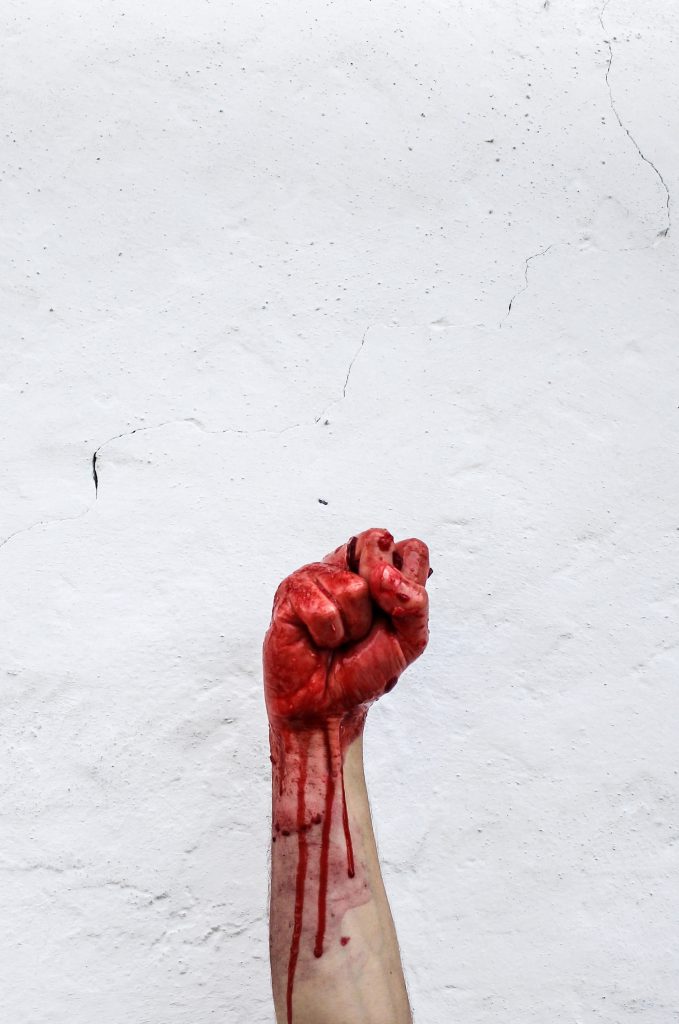
Healing the trauma of war
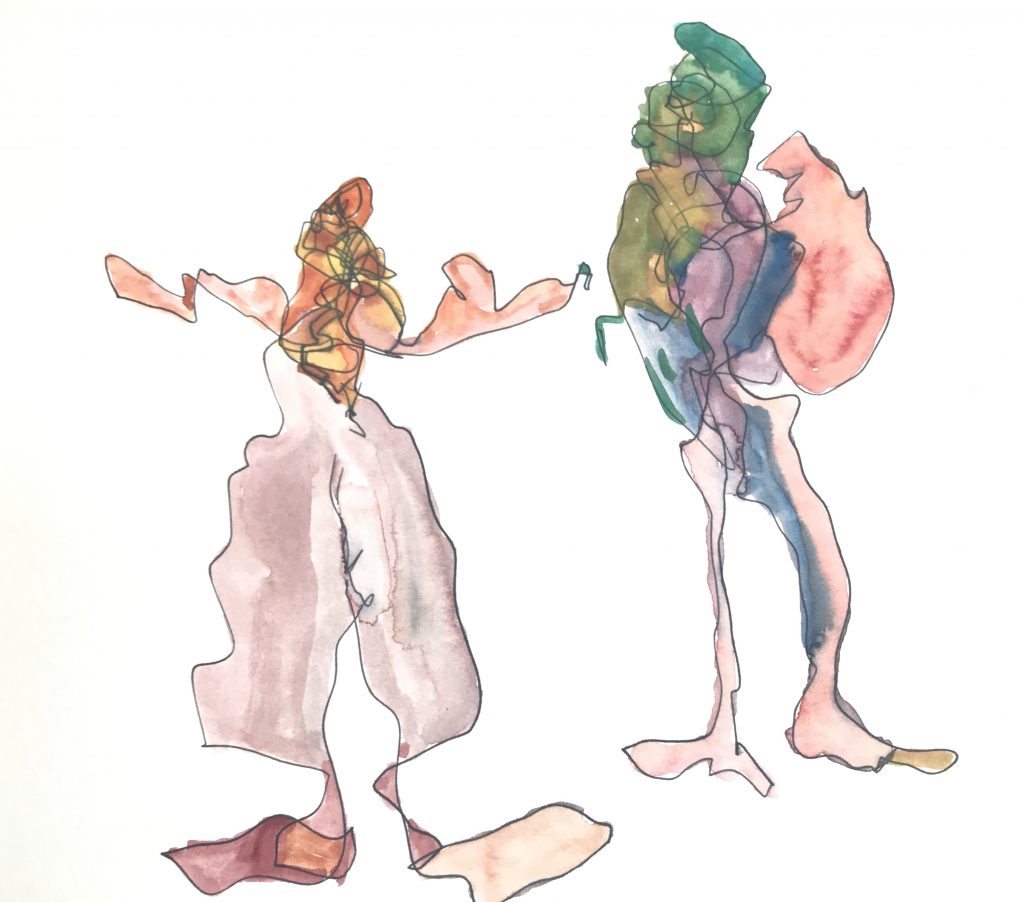
Introduction Traum healing by art
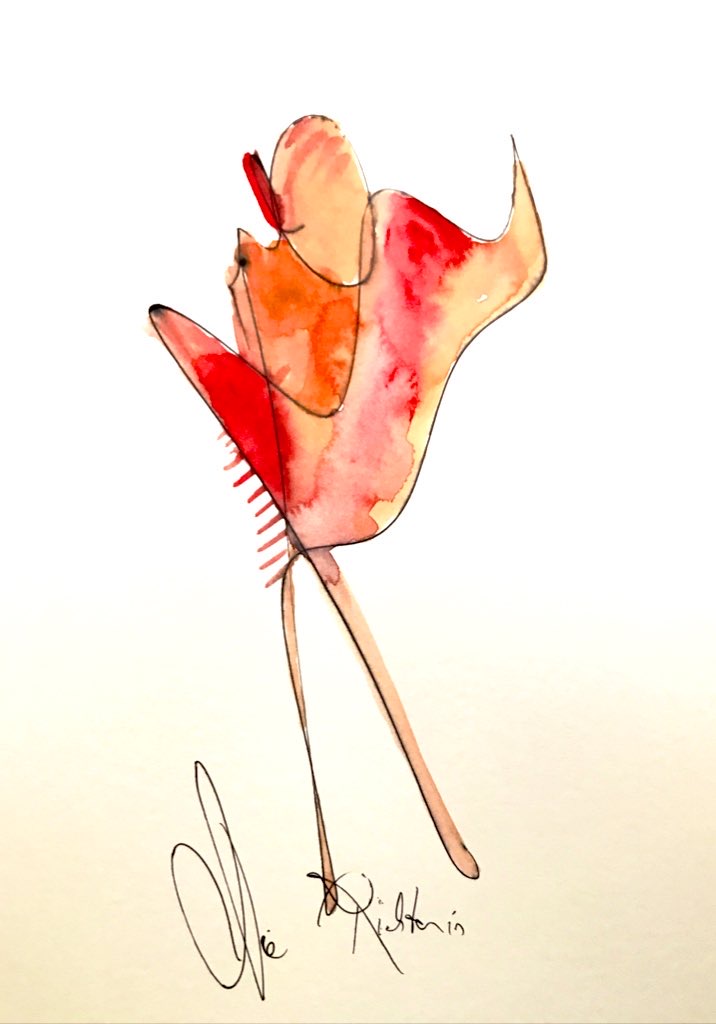
Art as a Way to Bring People Together in Peace
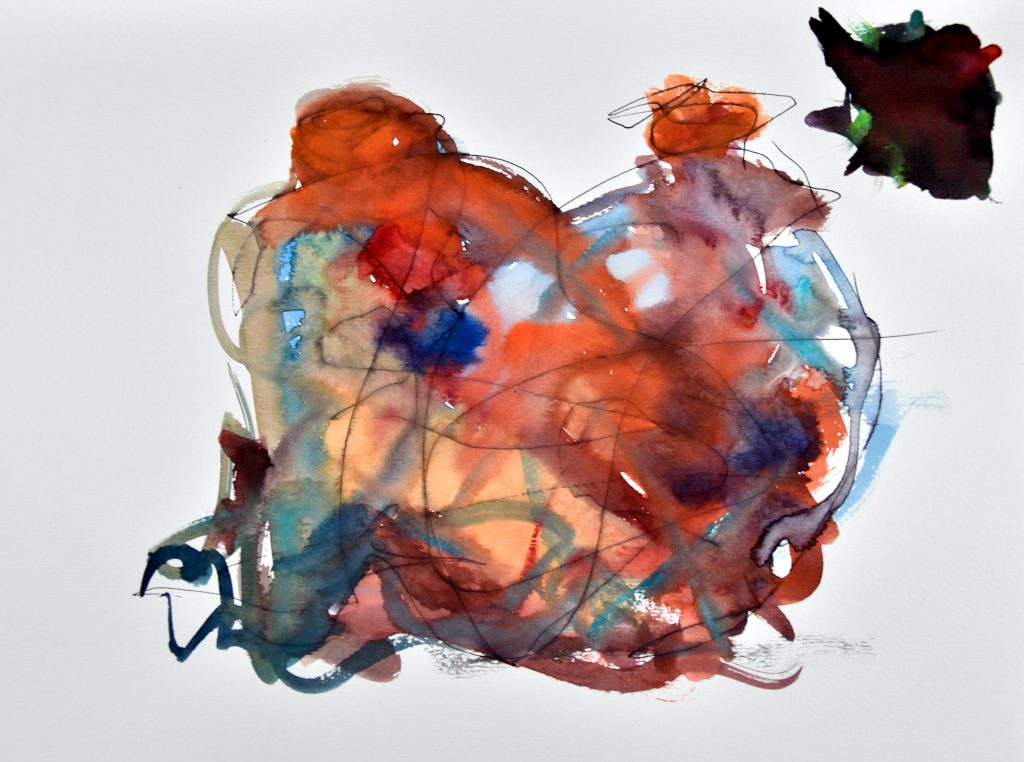
How to be part of the experiment
